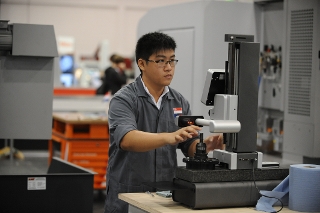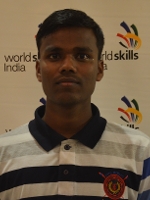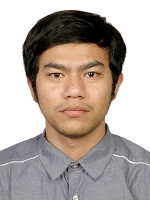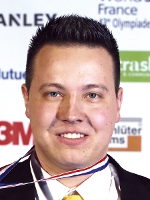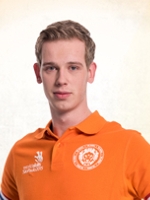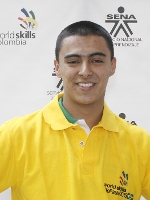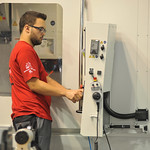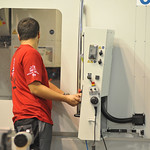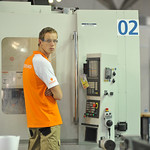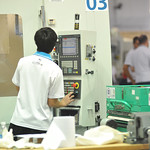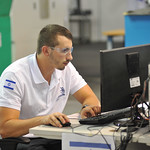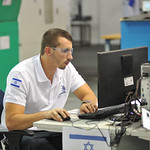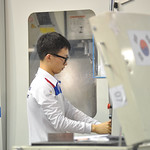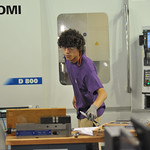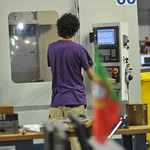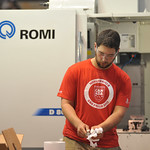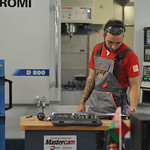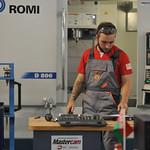CNC Milling
Skill Explained
Most people cannot imagine how important these technologies are in their lives. There is nothing that we use that hasn’t in its manufacturing utilized CNC technology. It is present in products and objects of everyday life as e.g. cars, airplanes, components of machines of all types, moulds for tools used for household machines, medical prosthetics, cell phones and toys etc.
CNC milling machines are machine tools which are used for the shaping of metal and other solid materials. These machines exist in two basic forms: horizontal and vertical. This refers to the orientation of the cutting tool spindle. Early milling machines were manually or mechanically automated, but technological advances have led to the development of Computer Numerical Control, such as CNC machining centre. CNC refers to a computer (“control”) that reads and stores instructions. This numerical information generally “G and M” codes (a programing language) is then used to control and drives a machine tool, a powered mechanical device (“machining centre”). A machining centre is used to fabricate components using cutting tools for removal of material.
CNC technology includes machining tools such as lathes, multi-axis spindles, wire electrical discharge machines and milling machines, where the functions formerly performed by human operators are now performed by a computer control module. The professionals associated with this skill use CNC machines (3-Axis, 4-5 Axis or Multi-Axis machines) to cut and shape precision products as mentioned above.
To form the finished part, the cutting process can be started from a solid block, pre-machined part, casting or forgings. For those scenarios, the skill requires the CNC milling machinist to read and interpret complex technical drawings and specifications and work to a high degree of precision and detail; to be proficient at metal work skills and understand how metals react to various processes; to be a skilled computer operator in order to use industry specific software; to be highly skilled machine operator.
A program is required to operate the machine tool, can be generated manually or using Computer Aided Design/Computer Aided Manufacture (CAD/CAM) software.
To achieve the finished part the CNC milling machinist professionals undertake a sequence of essential activities:
- Interpret engineering drawings and follow the specifications
- Generate a process and program (logical process plan) with a CAD/CAM system and/or G and M-codes
- Set up the tooling, work holding device and work piece on the CNC milling centre
- Manipulate cutting conditions, based on the properties of the material and tooling used
- Operate, inspect and maintain the accuracy of dimensions within the specified tolerances
Optimize the process taking into account the production type: large quantities of one part, small batches or one-of-a-kind items.
Today a wide range of industries require CNC milling machinists professionals to program, operate and keep sophisticated machining centre’s running in an efficient and reliable way. Large enterprises such as automobile plants, medium sized enterprises such as mould making and small enterprises in the maintenance field are some of many examples of where the CNC milling machinist professional plays a key, integral role to the success of the metalwork industries.
What the Competitors do at the Competition
Using a Vertical Machining Centre, the Competitors will be required to produce metal parts covering different practical scenarios.
The Competitor must have an understanding of:
- Quality Standards
- Standards for the environment, safety, hygiene and prevention at work
- Computer operating systems
- Mathematics – calculation and geometry
- Metrology
- Properties and behaviour of materials
- Technical design and process planning
- CNC equipment technology (Vertical Machining Centre) – programming and operating
- CAM system programming ability
- Cutting technology according to the cutting parameters, the material, and the equipment and cutting tools.
Competitors
Patrick Aiple
Germany
MARCO CARRION
Ecuador
Tiago Conceição
Portugal
Ajay Kumar Kar
India
PAVEL KARALIOU
Belarus
Michael Kofler
Austria
Petr Kuznetsov
Russia
YU-YU LAI
Chinese Taipei
Hee Dong Lee
Korea
Tyler Magri
Canada
Aris Muda
Indonesia
Zheng Jie Ong
Singapore
Alessio Ospelt
Principality of Liechtenstein
Kévin OSTER
France
Robin Wilfred Oudal
Denmark
Kamhaeng Phanjandee
Thailand
Niek Post
Netherlands
Robin Prager
Sweden
Alef Scholze
Brazil
Keisuke Takeda
Japan
Piter Udachin
Israel
Tizian Ulber
Switzerland
Diego Alexander Valencia Orozco
Colombia
Giang Chan Vinh
Vietnam
Michael Watson
United Kingdom
Zhikun Zhang
China
Experts

César Ayabaca
Ecuador

Muhamad Badarudin
Indonesia

jongoe Bae
Korea

Hosea Bellmann
Israel
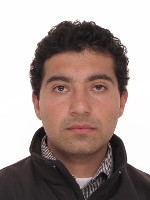
Carlos Blanco
Colombia

Reto Blumenthal
Principality of Liechtenstein
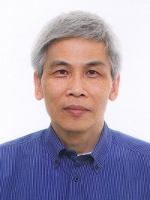
Thomas Cheung
Singapore

Daniel de Aviz
Brazil

Louis Dropka
Canada

Peter Engberg
Sweden

Naomasa Ishii
Japan

Pieter Jongenelen
Netherlands

Zacarias Lebre
Portugal
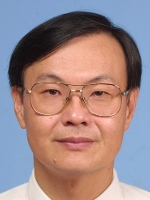
Min Liang Liu
Chinese Taipei
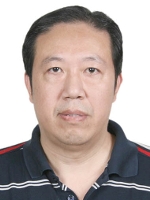
Hongxun Lu
China
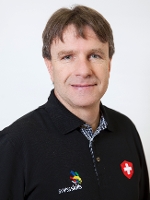
Juerg Marti
Switzerland
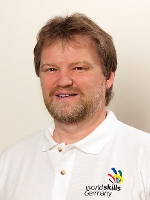
Herbert Mattes
Germany

Jesper Mickelborg
Denmark

Jajati Kesharee Mohanty
India
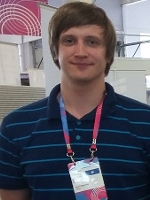
PAVEL NAHORSKI
Belarus

Ricardo José Parás Gómez
Mexico
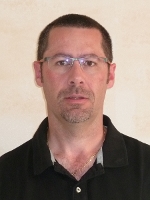
Michaël Rapicault
France

Katsuya Suzuki
Vietnam

Ian Thompson
United Kingdom
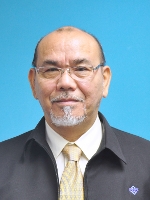
Manop Thongsaeng
Thailand
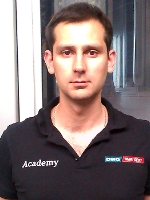
Georgy Tsaturyan
Russia

Jürgen Wildauer
Austria
Videos
A New Look at Skills
Autodesk Publisher 3D models*
Download for desktop
Download for mobile
Autodesk Inventor Data Sets**
* Open the 3D models on desktop with Autodesk Inventor Publisher. On mobile download the Autodesk Inventor Publisher Mobile Viewer app (iOS or Android).
** Students and Teachers can download Autodesk Inventor software via the Autodesk Student Community, Educational Institutions via Autodesk Academic Resource Centre (ARC).

